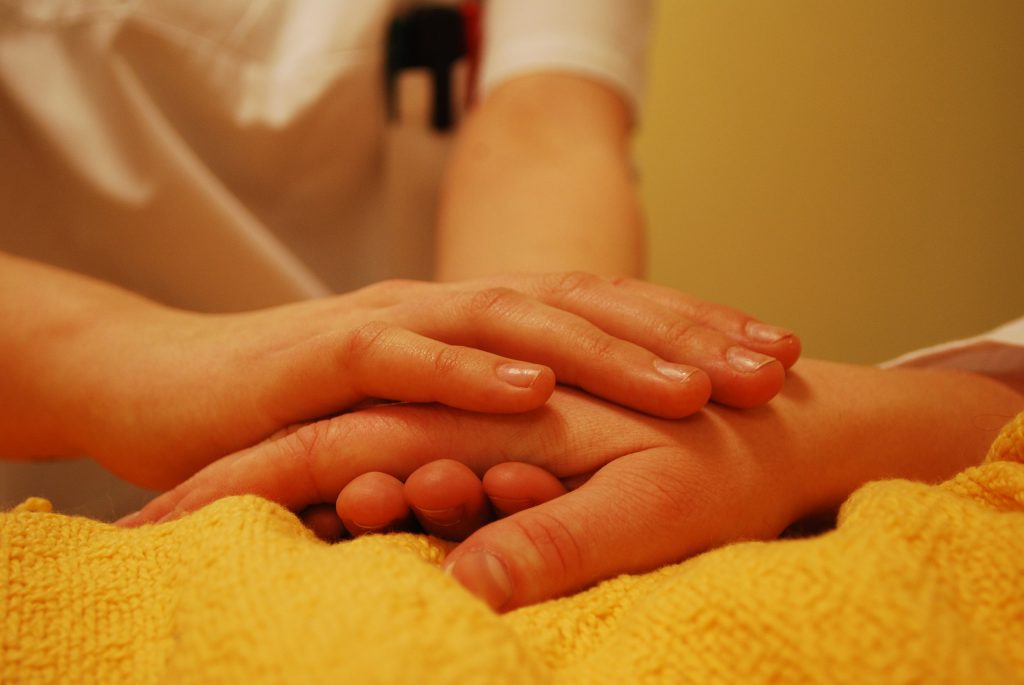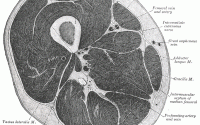Our brains can distinguish between self-touch and touch by others
Our brains seem to reduce sensory perception from an area of our skin when we touch it ourselves, according to a study published in Proceedings of the National Academy of Sciences.
Researchers from Linköping University in Sweden examined what happens in various parts of the nervous system when a person is touched by another person and compared this with the corresponding self-touch. They have shown that the brain reduces the processing of sensory perception when it comes from self-touch.
The skin contains sensory receptors that react to touch, pressure, heat, and cold. Information about touch is transmitted from these to the spinal cord and on to the brain, where the perception is processed in several steps in different regions of the brain.
Being touched by others to signal affective content is related to interoception and is associated with the activation of areas involved in social cognition, including the insular cortex and the posterior superior temporal sulcus
The researchers carried out several experiments in which healthy volunteers lay in a magnet resonance camera, which recorded images of brain activity (fMRI). The participants were requested to stroke their arm slowly with their hand or were told that a researcher would stroke their arm in a similar manner. The researchers investigated how these types of touch were linked to activity in different parts of the brain.
The researchers found a widespread deactivation of parts of the brain during self-touch and activation during touch by others in areas that are involved in somatosensory processing, social cognition, and salience.
The results show that the brain attempts to predict the sensory consequences of everything we do. This means that it does not attach as much importance to sensory perceptions that are caused by our bodies since the information from these is expected. In one of the experiments, the participant’s arm was touched with filaments of different thickness, while the arm was simultaneously stroked either by the participant or by another person. The researchers showed that the ability to experience simultaneous sensory perceptions was damped when the participants stroked their arms. Maybe this phenomenon can explain why we, for example, rub our arm when we bump it against a table.
“Our results suggest that there is a difference as early as in the spinal cord in the processing of sensory perceptions from self-touch and those from touch by another person. This is extremely interesting. In the case of the visual system, research has shown that processing of visual impressions occurs as early as in the retina, and it would be interesting to look in more detail into how the brain modulates the processing of tactile perceptions at the level of the spinal cord”, says Rebecca Böhme, one of the authors.


